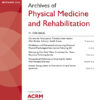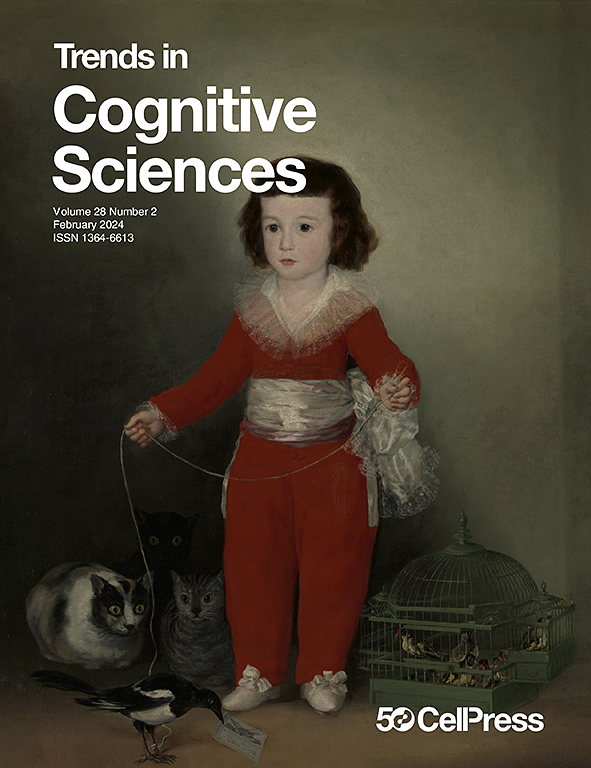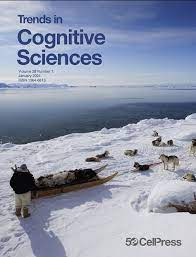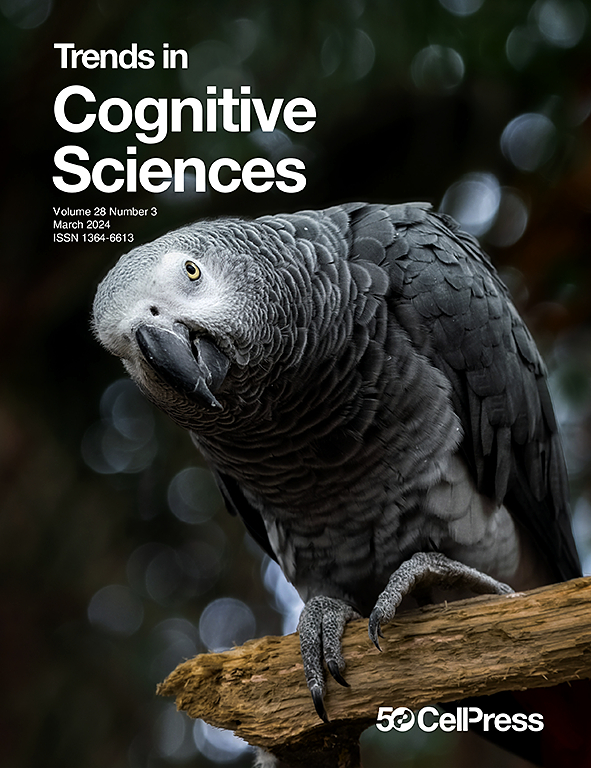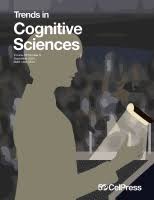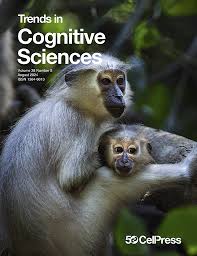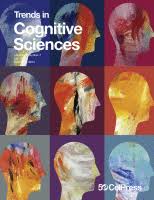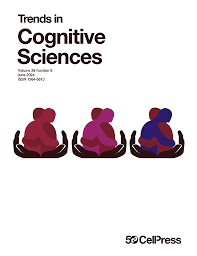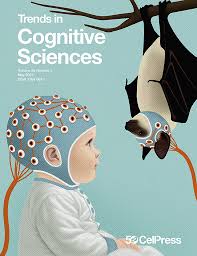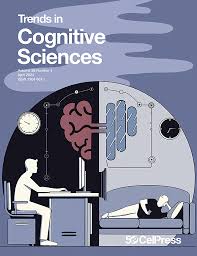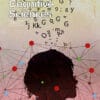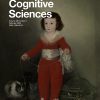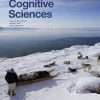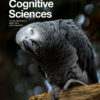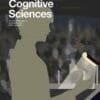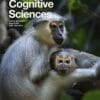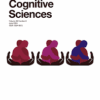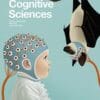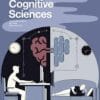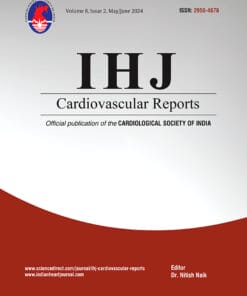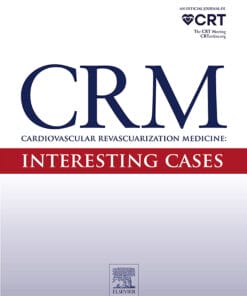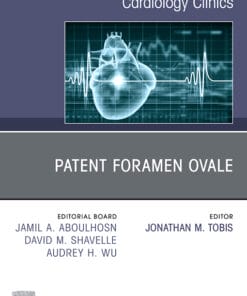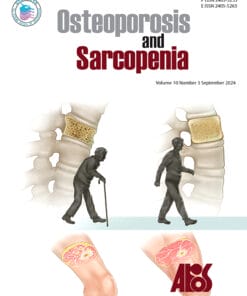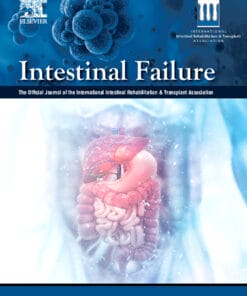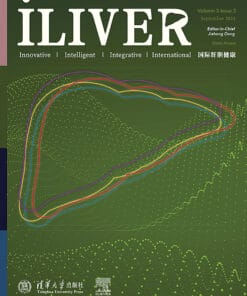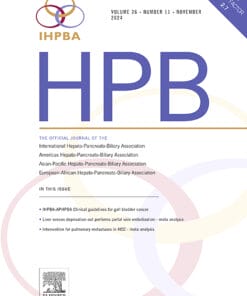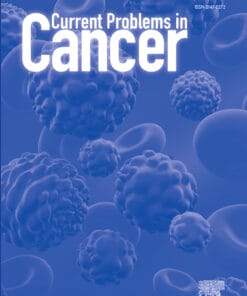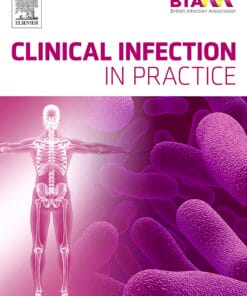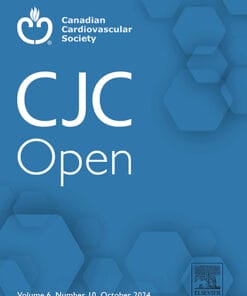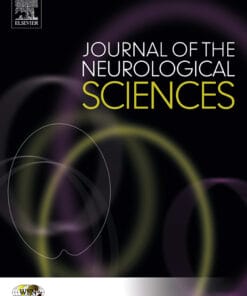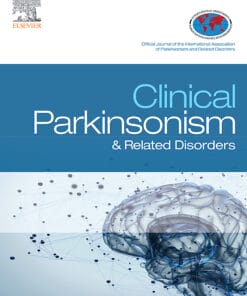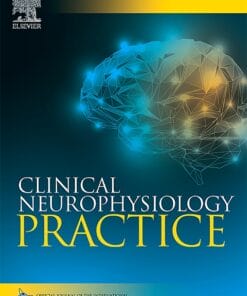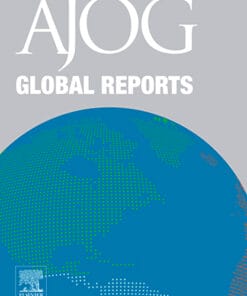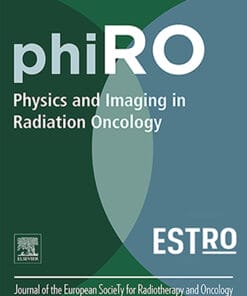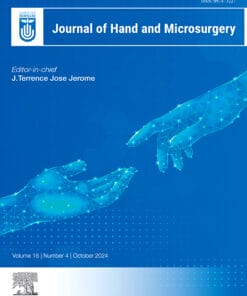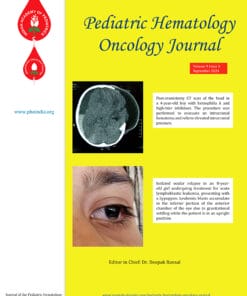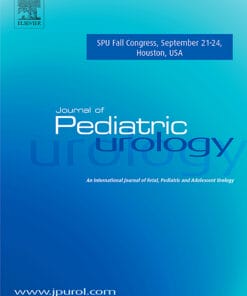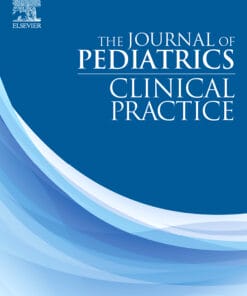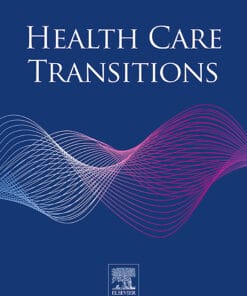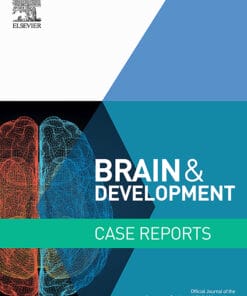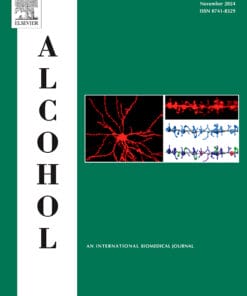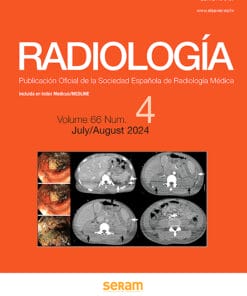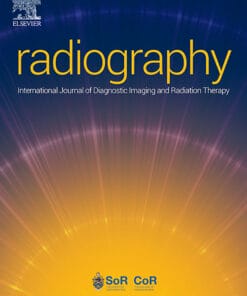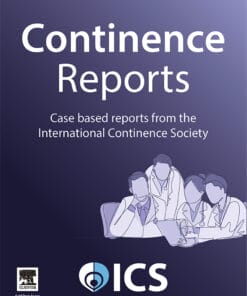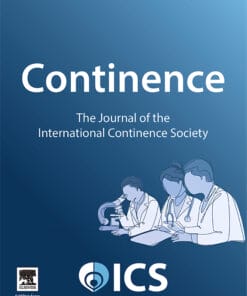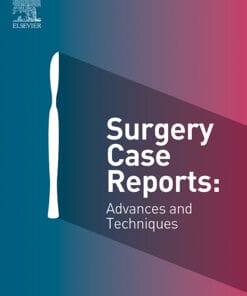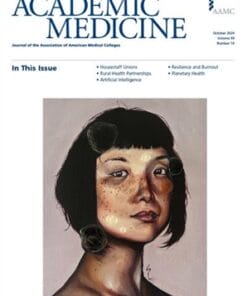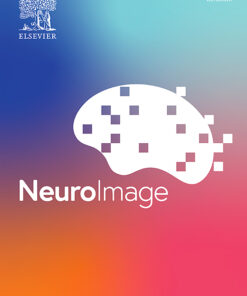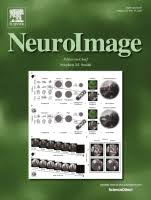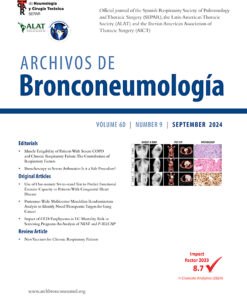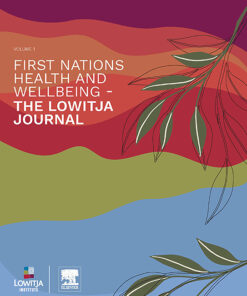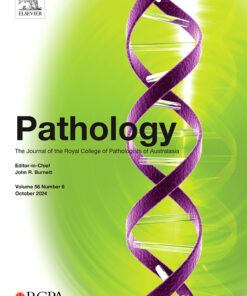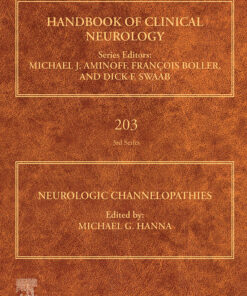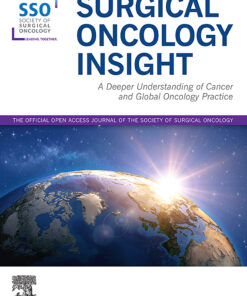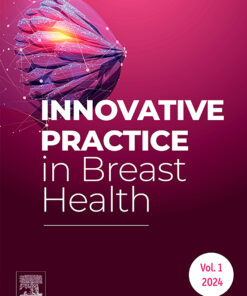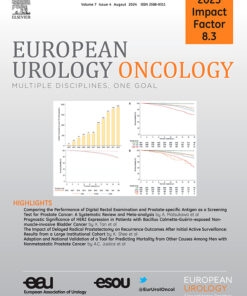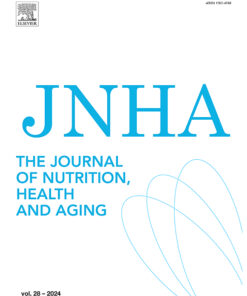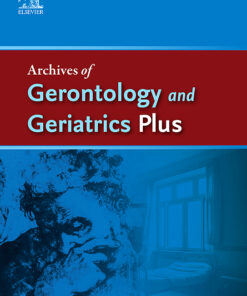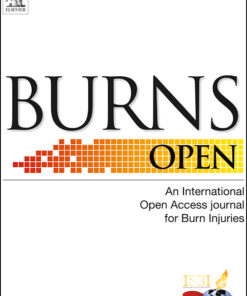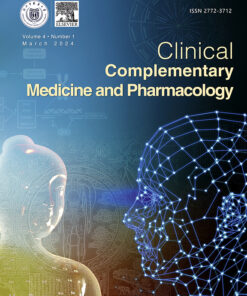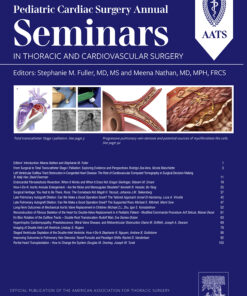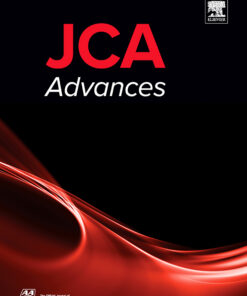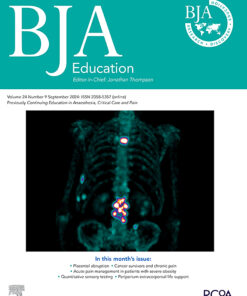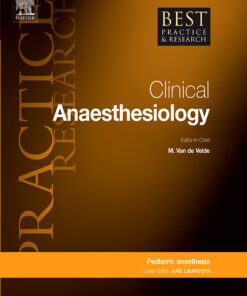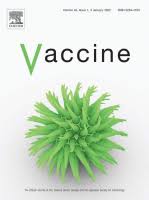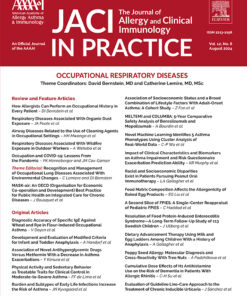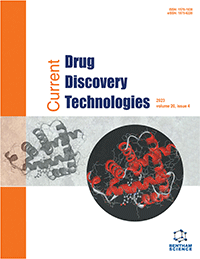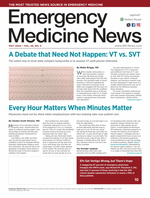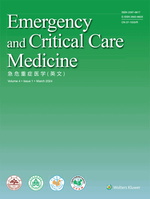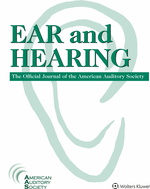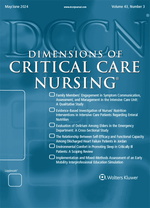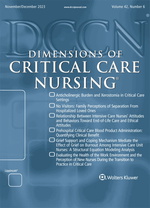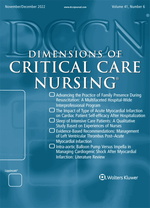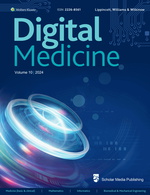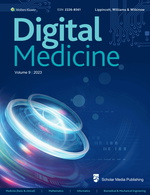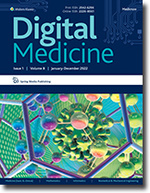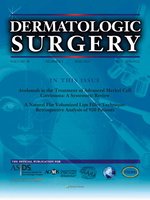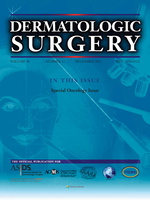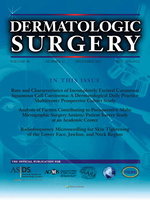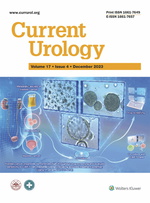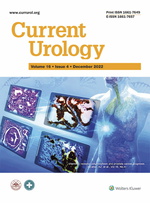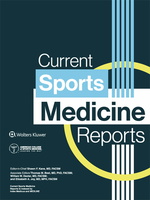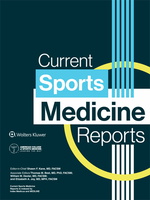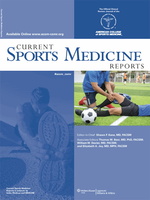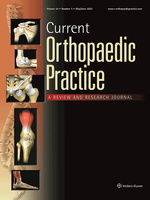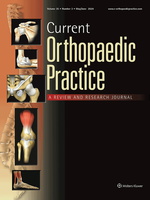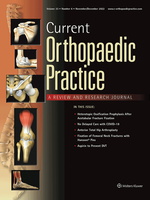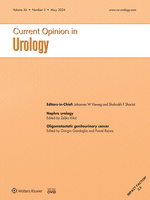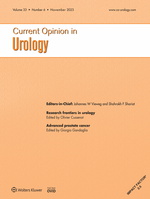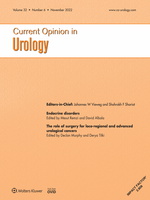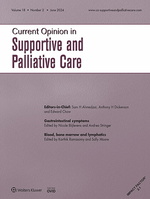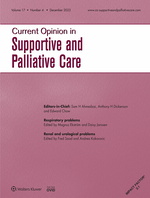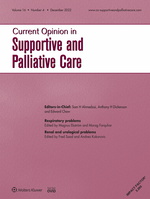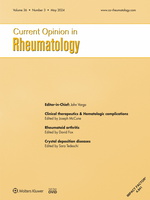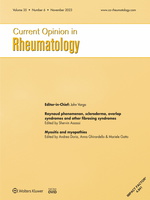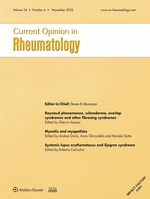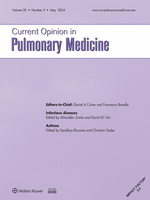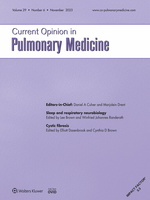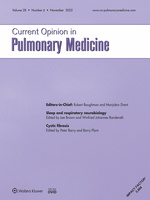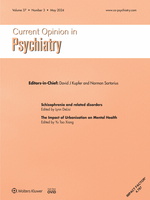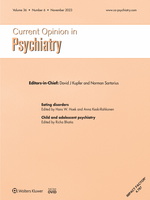Trends in Cognitive Sciences is a pivotal journal that holds great significance for individuals directly engaged in the cognitive sciences or specialized fields connected to it. This journal acts as a dynamic source of the latest insights and trends in cognitive sciences, offering a quick snapshot of contemporary perspectives to scientists, students, and educators who seek to stay updated with the most recent advancements in this rapidly evolving domain.
Trends in Cognitive Sciences serves as a central hub for the convergence of research from a diverse range of disciplines, including:
- Psychology: Unveiling cognitive processes and mechanisms underlying human behavior and mental functions.
- Artificial Intelligence: Exploring the development of intelligent systems and their relationship to human cognition.
- Linguistics: Analyzing language structure, comprehension, and communication from a cognitive perspective.
- Philosophy: Investigating the philosophical underpinnings of cognition and consciousness.
- Computer Science: Integrating computational models and approaches to cognitive research.
- Neuroscience: Delving into the neurological basis of cognitive functions and brain-behavior relationships.
By providing a platform for cross-disciplinary interaction, Trends in Cognitive Sciences fosters the evolution of cognitive science as a distinct and interdisciplinary field of study. This journal contributes to the growth of cognitive science by offering:
- Insights: Rapid access to cutting-edge research, enabling readers to stay up-to-date with the latest findings.
- Integration: The integration of diverse perspectives and methodologies to enhance understanding.
- Evolution: A platform for the development of cognitive science as a unified and independent discipline.
With its broad scope and inclusive approach, Trends in Cognitive Sciences offers a comprehensive view of cognitive sciences, making it an indispensable resource for those seeking to explore the intricate and multifaceted nature of human cognition and behavior.
Volume 26, Issue 1: Pages e1-e2, 1-96 (January 2022)
Volume 26, Issue 2: Pages e1-e2, 97-188 (February 2022)
Volume 26, Issue 3: Pages e1-e2, 189-282 (March 2022)
Volume 26, Issue 4: Pages e1-e2, 283-364 (April 2022)
Volume 26, Issue 5: Pages e1-e2, 365-446 (May 2022)
Volume 26, Issue 6: Pages e1-e2, 447-538 (June 2022)
Volume 26, Issue 7: Pages e1-e2, 539-622 (July 2022)
Volume 26, Issue 8: Pages e1-e2, 623-724 (August 2022)
Volume 26, Issue 9: Pages e1-e2, 725-820 (September 2022)
Volume 26, Issue 10: Pages e1-e2, 821-898 (October 2022)
Volume 26, Issue 11: Pages e1-e2, 899-1012 (November 2022)
Volume 26, Issue 12: Pages e1-e2, 1013-1190 (December 2022)
Volume 27, Issue 1: Pages e1-e2, 1-110 (January 2023)
Volume 27, Issue 2: Pages e1-e2, 111-206 (February 2023)
Volume 27, Issue 3: Pages e1-e2, 207-332 (March 2023)
Volume 27, Issue 4: Pages e1-e2, 333-416 (April 2023)
Volume 27, Issue 5: Pages e1-e2, 417-508 (May 2023)
Volume 27, Issue 6: Pages e1-e2, 509-596 (June 2023)
Volume 27, Issue 7: Pages e1-e2, 597-684 (July 2023)
Volume 27, Issue 8: Pages e1-e2, 685-784 (August 2023)
Volume 27, Issue 9: Pages e1-e2, 785-882 (September 2023)
Volume 27, Issue 10: Pages e1-e2, 883-976 (October 2023)
Volume 27, Issue 11: Pages e1-e2, 977-1098 (November 2023)
Volume 27, Issue 12: Pages e1-e2, 1099-1194 (December 2023)
Volume 28, Issue 1: Pages e1-e2, 1-84 (January 2024)
Volume 28, Issue 2: Pages e1-e2, 85-186 (February 2024)
Volume 28, Issue 3: Pages e1-e2, 187-278 (March 2024)
Volume 28, Issue 4: Pages e1-e2, 279-382 (April 2024)
Volume 28, Issue 5: Pages e1-e2, 383-480 (May 2024)
Volume 28, Issue 6: Pages e1-e2, 481-582 (June 2024)
Volume 28, Issue 7: Pages e1-e2, 583-690 (July 2024)
Volume 28, Issue 8: Pages e1-e2, 691-782 (August 2024)
Volume 28, Issue 9: Pages e1-e2, 783-870 (September 2024
Volume 28, Issue 10: Pages e1-e2, 871-962 (October 2024
| Volume | Volume 26, Issue 1: Pages e1-e2, 1-96 (January 2022), Volume 26, Issue 2: Pages e1-e2, 97-188 (February 2022), Volume 26, Issue 3: Pages e1-e2, 189-282 (March 2022), Volume 26, Issue 4: Pages e1-e2, 283-364 (April 2022), Volume 26, Issue 5: Pages e1-e2, 365-446 (May 2022), Volume 26, Issue 6: Pages e1-e2, 447-538 (June 2022), Volume 26, Issue 7: Pages e1-e2, 539-622 (July 2022), Volume 26, Issue 8: Pages e1-e2, 623-724 (August 2022), Volume 26, Issue 9: Pages e1-e2, 725-820 (September 2022), Volume 26, Issue 10: Pages e1-e2, 821-898 (October 2022), Volume 26, Issue 11: Pages e1-e2, 899-1012 (November 2022), Volume 26, Issue 12: Pages e1-e2, 1013-1190 (December 2022), Volume 27, Issue 1: Pages e1-e2, 1-110 (January 2023), Volume 27, Issue 2: Pages e1-e2, 111-206 (February 2023), Volume 27, Issue 3: Pages e1-e2, 207-332 (March 2023), Volume 27, Issue 4: Pages e1-e2, 333-416 (April 2023), Volume 27, Issue 5: Pages e1-e2, 417-508 (May 2023), Volume 27, Issue 6: Pages e1-e2, 509-596 (June 2023), Volume 27, Issue 7: Pages e1-e2, 597-684 (July 2023), Volume 27, Issue 8: Pages e1-e2, 685-784 (August 2023), Volume 27, Issue 9: Pages e1-e2, 785-882 (September 2023), Volume 27, Issue 10: Pages e1-e2, 883-976 (October 2023), Volume 27, Issue 11: Pages e1-e2, 977-1098 (November 2023), Volume 27, Issue 12: Pages e1-e2, 1099-1194 (December 2023), Volume 28, Issue 1: Pages e1-e2, 1-84 (January 2024), Volume 28, Issue 2: Pages e1-e2, 85-186 (February 2024), Volume 28, Issue 3: Pages e1-e2, 187-278 (March 2024), Volume 28, Issue 4: Pages e1-e2, 279-382 (April 2024), Volume 28, Issue 5: Pages e1-e2, 383-480 (May 2024), Volume 28, Issue 6: Pages e1-e2, 481-582 (June 2024), Volume 28, Issue 7: Pages e1-e2, 583-690 (July 2024), Volume 28, Issue 8: Pages e1-e2, 691-782 (August 2024), Volume 28, Issue 9: Pages e1-e2, 783-870 (September 2024, Volume 28, Issue 10: Pages e1-e2, 871-962 (October 2024) |
|---|
Related Products
Journals/Articles
Journals/Articles
Cardiovascular Revascularization Medicine: Interesting Cases PDF
Journals/Articles
Journals/Articles
Journals/Articles
Journals/Articles
Journals/Articles
Journals/Articles
Journals/Articles
Journals/Articles
Journals/Articles
Journals/Articles
Journals/Articles
Journals/Articles
Journals/Articles
Journals/Articles
Journals/Articles
Journals/Articles
Journals/Articles
Journals/Articles
Journals/Articles
Journals/Articles
Journals/Articles
Technical Innovations & Patient Support in Radiation Oncology PDF
Journals/Articles
Journals/Articles
Journals/Articles
Journals/Articles
Journals/Articles
Journals/Articles
Journals/Articles
Journals/Articles
Journals/Articles
Journals/Articles
The American Journal of Geriatric Psychiatry: Open Science, Education, and Practice PDF
Journals/Articles
Journals/Articles
Journals/Articles
Journals/Articles
Journals/Articles
Journals/Articles
Journals/Articles
Journals/Articles
Journals/Articles
Journals/Articles
Journals/Articles
First Nations Health and Wellbeing – The Lowitja Journal PDF
Journals/Articles
Journals/Articles
Journals/Articles
Journals/Articles
Journals/Articles
Journals/Articles
Journals/Articles
Journals/Articles
Journals/Articles
Journals/Articles
Journals/Articles
Seminars in Thoracic and Cardiovascular Surgery: Pediatric Cardiac Surgery Annual PDF
Journals/Articles
Journals/Articles
Journals/Articles
Journals/Articles
Journals/Articles
The Journal of Allergy and Clinical Immunology: In Practice PDF
Journals/Articles
Journals/Articles
Journals/Articles
Journals/Articles
Journals/Articles
Journals/Articles
Journals/Articles
Dimensions of Critical Care Nursing: Volume 43 (1 – 3) 2024 PDF
Journals/Articles
Dimensions of Critical Care Nursing: Volume 42 (1 – 6) 2023 PDF
Journals/Articles
Dimensions of Critical Care Nursing: Volume 41 (1 – 6) 2022 PDF
Journals/Articles
Journals/Articles
Journals/Articles
Journals/Articles
Journals/Articles
Journals/Articles
Journals/Articles
Journals/Articles
Journals/Articles
Journals/Articles
Current Sports Medicine Reports: Volume 22 (1 – 12) 2023 PDF
Journals/Articles
Journals/Articles
Current Sports Medicine Reports: Volume 21 (1 – 12) 2022 PDF
Journals/Articles
Journals/Articles
Journals/Articles
Journals/Articles
Journals/Articles
Journals/Articles
Journals/Articles
Journals/Articles
Journals/Articles
Journals/Articles
Current Opinion in Pulmonary Medicine: Volume 30 (1 – 3) 2024 PDF
Journals/Articles
Current Opinion in Pulmonary Medicine: Volume 29 (1 – 6) 2023 PDF
Journals/Articles
Current Opinion in Pulmonary Medicine: Volume 28 (1 – 6) 2022 PDF
Journals/Articles
Journals/Articles


